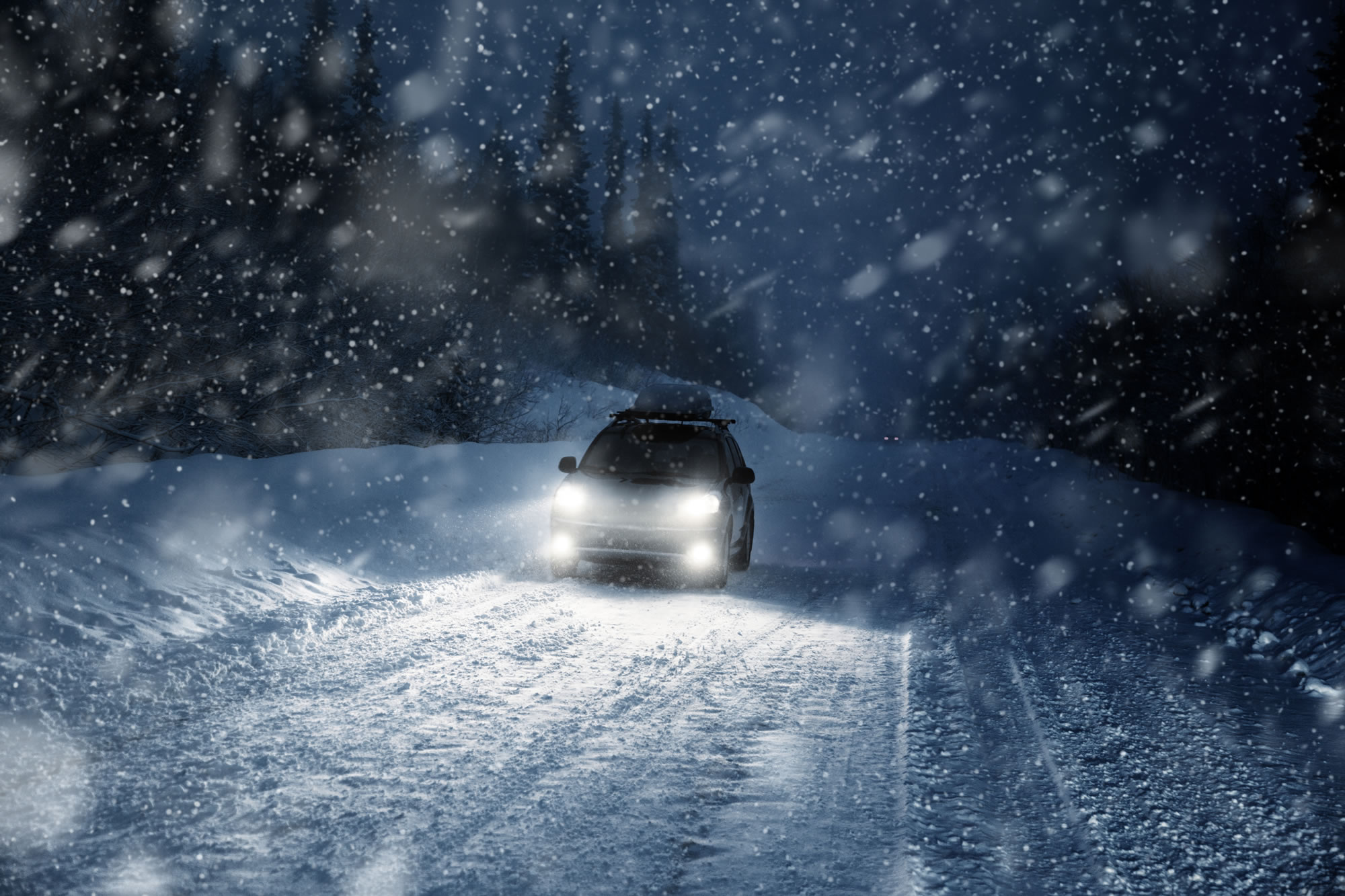A Terrible Tragedy
On a cold February day, the snow is blowing across the highway. The visibility is poor and the road is a sheet of ice. A car stops in the middle of the highway, and a truck doesn’t see it before it is too late. It crashes into the car, killing the driver, and leaving the family without a mother and grandmother. Are these tragedies an inevitable factor of driving in bad winter conditions?
Statistics tell us that in BC, the number of accidents that result in serious injury and death doubled from October to December! How can we reduce the number of fatalities caused by winter driving conditions?
First, tell someone where you are going.
Always notify your family and friends as to where you will be, as you can never have enough people know where you are in case something happens.
Consider the temperature in relation to your tires.
Change to winter tires designed for the cold. Did you know that all-season tires start to lose their elasticity after it reaches only 7 degrees Celsius? If you encounter a situation where you need to stop rapidly, without winter tires, breaking is not enough to alter your course and speed. Winter tires are effective at negative 30 degrees Celsius!
Have your vehicle inspected.
Vehicles require regular maintenance and checkups to remain safe and secure. Get your battery inspected before the start of the season and make sure you have the right grade of oil for winter temperatures. Also, check to ensure your lights are in perfect working order so you can see others and others can see you!
Carry a fully charged cell phone.
If you wind up in a ditch or if your car breaks down in a remote area, you need to have a way to communicate for help.
Stay home if the weather is bad.
If you look outside and you can’t see your car in the driveway through the blinding snow, stay home. Do not take unnecessary risks.
If staying inside is not an option, consider these tips to help keep you safe.
- Slow down gradually and drive at a speed that suits the conditions.
- Make sure your headlights are switched on.
- Be patient. Avoid passing, changing lanes and crossing traffic.
- Increase your following distance. You will need extra distance to brake safely.
- Stay alert. Keep looking as far ahead as possible.
- Reduce the distractions in your vehicle. Your full attention is required.
- Keep your windows and mirrors clean. Use defroster and wipers to maximize your vision.
- Try to get off the road when visibility is near zero. Pull into a safe parking area if possible.
- Don’t stop in the middle of the road. You could become the first link in a chain-reaction collision.
- Don’t attempt to pass a vehicle moving slowly or speed up to get away from a vehicle that is following too closely. [1]
Thinking Back
Visualize that cold February day, when a family was left without a loved one. Would she still be here had she, or the truck driver, considered the safety information above? When it comes to winter driving – caution and knowledge is of utmost importance.







